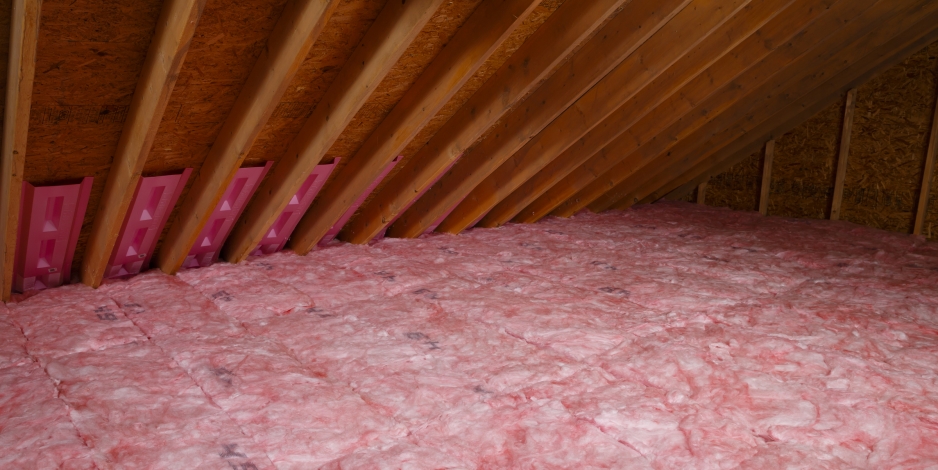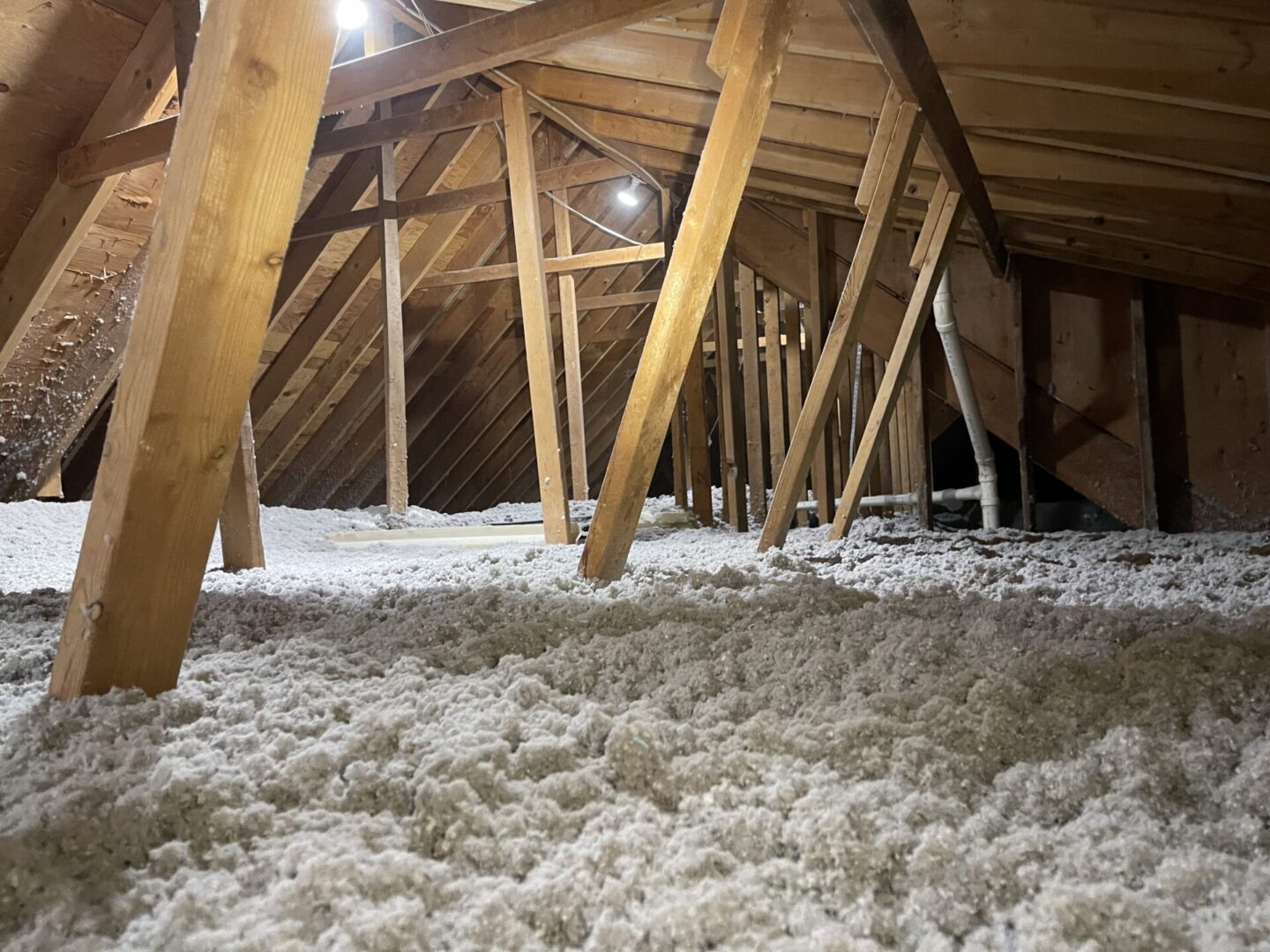Enhancing Home Convenience: The Trick Perks of Attic Insulation and the Different Types Available for Optimal Performance
Attic insulation plays a critical duty in enhancing home convenience by controling indoor temperatures, decreasing energy expenditures, and enhancing overall air top quality. With a range of insulation types offered, including fiberglass batts, blown-in fiberglass, cellulose, and spray foam, each alternative presents distinctive benefits suited to various house owner requirements.
Value of Attic Insulation

Correct attic room insulation is essential for enhancing total home comfort. Not enough insulation can result in temperature changes and drafts, causing an undesirable living environment. Additionally, poor insulation may add to moisture concerns, such as condensation and mold and mildew development, which can jeopardize structural honesty and indoor air quality.
The performance of attic room insulation is influenced by variables such as the kind of insulation material utilized, its R-value, and the installment high quality. Picking the ideal insulation kind makes sure optimal efficiency and longevity, making it vital for house owners to consider their particular requirements and local environment conditions. Inevitably, purchasing top quality attic insulation is an essential step toward achieving a much more comfortable, energy-efficient, and lasting home.
Advantages of Correct Insulation

Additionally, correct insulation plays an important duty in improving indoor air top quality. By creating an obstacle versus outside toxins and allergens, it helps keep a comfortable and healthy living setting. This is particularly crucial for individuals with respiratory concerns or allergies.
In addition to energy financial savings and improved air high quality, effective insulation can substantially improve the general comfort of a home. By preserving regular temperatures throughout the home, it lowers the danger of drafts and cold places, creating a much more enjoyable atmosphere.
Last but not least, proper insulation can boost the resale value of a home. Potential purchasers are commonly attracted to residential properties with energy-efficient features, making it a sensible investment. In summary, the benefits of correct insulation include power effectiveness, boosted indoor air high quality, improved comfort, and increased property value, making it a necessary consideration for homeowners.
Kinds Of Attic Insulation
What options are available for shielding your attic? There are several types of attic insulation, each with unique attributes and advantages. One of the most usual types consist of fiberglass batts, blown-in fiberglass, cellulose, and spray foam insulation.
Fiberglass batts are pre-cut panels that fit between rafters and joists, offering a cost-efficient service. They are very easy to set up yet might leave gaps otherwise fitted specifically. Blown-in fiberglass, on the other hand, is optimal for loading irregular rooms and can be conveniently used using specific tools.

Finally, spray foam insulation offers an air-tight seal and superior thermal resistance. It increases upon application, filling up cracks and gaps, making it reliable for lowering air leakages. It has a tendency to be more expensive than other choices.
Each kind of attic insulation has special advantages customized to particular job demands, permitting home owners to pick the most effective suitable for their comfort, budget plan, and environmental factors to consider.
Installation Process Review
When considering attic insulation, recognizing the installment procedure is essential for accomplishing optimum outcomes. The primary step entails analyzing the attic room to determine the type and quantity of insulation needed. This assessment consists of looking for existing insulation, recognizing air leakages, and determining the attic room's measurements to make sure sufficient coverage.
Next, it is necessary to prepare the attic area. This may include cleaning out any kind of debris and making certain proper air flow. Safety preventative measures, such as wearing safety equipment and making sure correct lighting, should be prioritized throughout this phase.
Once the attic is prepared, the selected insulation material can be mounted. For batts and rolls, the insulation needs to be cut to fit between the rafters and laid flat, making certain no discover this info here voids. For blown-in insulation, specialized devices is made use of to evenly disperse the material throughout the attic go to website flooring. Care needs to be taken to avoid obstructing vents.
Upkeep and Maintenance Tips
Proper maintenance and upkeep of attic room insulation are important to ensure its lasting efficiency and energy performance. Routine inspections must be conducted at least as soon as a year to recognize any type of signs of damages, dampness, or insect invasions. Look for drooping insulation, which can suggest compression or dampness build-up, and make sure that the insulation remains evenly dispersed across the attic room floor.
Resolving any type of leakages in the roof covering or walls is essential, as water damage can compromise insulation performance. Additionally, check for appropriate air flow in the attic to avoid warmth buildup and dampness retention, which can lead to mold development and decreased insulation performance.
If you discover any type of issues, speak with a specialist to evaluate the circumstance and advise ideal repair work or substitutes. It is likewise suggested to maintain the attic room area without particles and unnecessary items, as clutter can obstruct air movement and reduce insulation performance.
Last but not least, think about including or upgrading insulation if your home has actually experienced substantial modifications, such as renovating or a boost in energy costs. Attic Insulation DFW. Maintaining optimal insulation degrees not just improves comfort however likewise adds to long-term power financial savings
Final Thought
To conclude, efficient attic room insulation plays a critical function in improving home convenience by managing indoor temperatures, decreasing energy prices, and enhancing air description quality. The choice of suitable insulation types, such as fiberglass batts, blown-in fiberglass, cellulose, or spray foam, can significantly influence overall efficiency. Proper installation and ongoing upkeep additional make certain that insulation features optimally, eventually adding to an extra comfortable and energy-efficient living atmosphere for home owners.
Attic insulation plays an important duty in enhancing home convenience by managing indoor temperatures, reducing energy costs, and boosting overall air quality.Correct attic room insulation is crucial for enhancing general home convenience.The efficiency of attic insulation is influenced by aspects such as the kind of insulation product made use of, its R-value, and the installation high quality. Look for drooping insulation, which can show compression or moisture buildup, and make sure that the insulation continues to be uniformly dispersed across the attic floor.
In final thought, efficient attic room insulation plays a crucial role in enhancing home comfort by managing indoor temperatures, minimizing power expenses, and boosting air top quality.